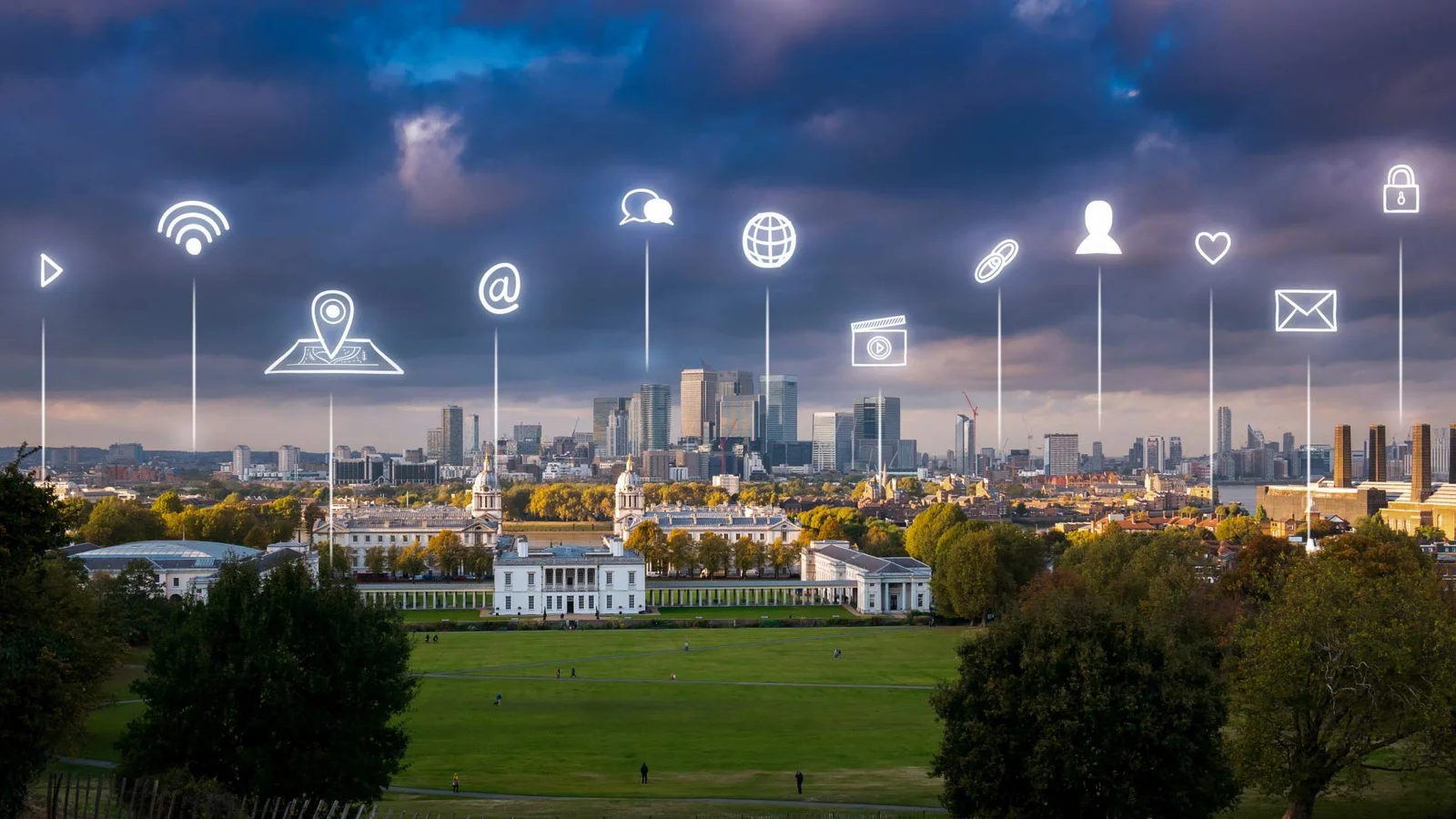Designing the Future: Sustainable HVAC and Lighting in Smart Cities
The vision of smart cities is rapidly transforming how urban environments operate, and sustainable HVAC and lighting systems are at the core of this evolution. As cities expand and populations grow denser, energy efficiency and sustainability become not just aspirations but necessities. The integration of smart, eco-friendly HVAC and lighting solutions helps urban spaces reduce energy waste, lower costs, and create healthier, more comfortable living environments.
The Role of HVAC and Lighting in Smart Cities
In any urban landscape, heating, ventilation, air conditioning, and lighting represent significant portions of a building’s energy consumption. When these systems are outdated or inefficient, they increase greenhouse gas emissions and operating costs. In smart cities, integrating IoT-enabled HVAC and advanced lighting helps monitor usage patterns, automate adjustments, and ensure optimal performance around the clock.
Benefits of Sustainable HVAC and Lighting Solutions
Switching to sustainable HVAC and lighting means cities can dramatically cut their carbon footprints. Smart thermostats, occupancy sensors, and LED systems optimize resources and minimize waste. These improvements not only benefit the environment but also enhance indoor air quality and occupant well-being, which are vital in densely populated urban centers.
Smart Technologies Driving Energy Efficiency
IoT devices, AI-driven analytics, and automated building management systems are central to sustainable HVAC and lighting. Predictive maintenance can address issues before they become costly problems. Real-time data allows for precise control of temperature and lighting, adjusting them based on weather, occupancy, and time of day, ensuring maximum efficiency.
Challenges in Implementing Sustainable Systems
Despite the clear benefits, upgrading legacy systems remains a major challenge for many cities. High upfront costs, integration complexity, and lack of awareness often slow adoption. However, with more governments enforcing green building codes and offering incentives, the barriers are gradually being overcome.
Future Trends and Innovations
Looking ahead, innovations such as smart grids, renewable energy integration, and AI-powered climate control will push sustainable HVAC and lighting further. As cities aim for net-zero goals, adaptive technologies will help balance demand, manage resources efficiently, and make urban living greener and smarter.
for more info https://bi-journal.com/sustainable-hvac-and-lighting-in-smart-cities/
Conclusion
Sustainable HVAC and lighting are no longer optional features but essential elements of smart city development. By embracing these intelligent solutions, urban centers can significantly reduce energy consumption, cut emissions, and build a resilient, future-ready infrastructure that prioritizes both people and the planet.

